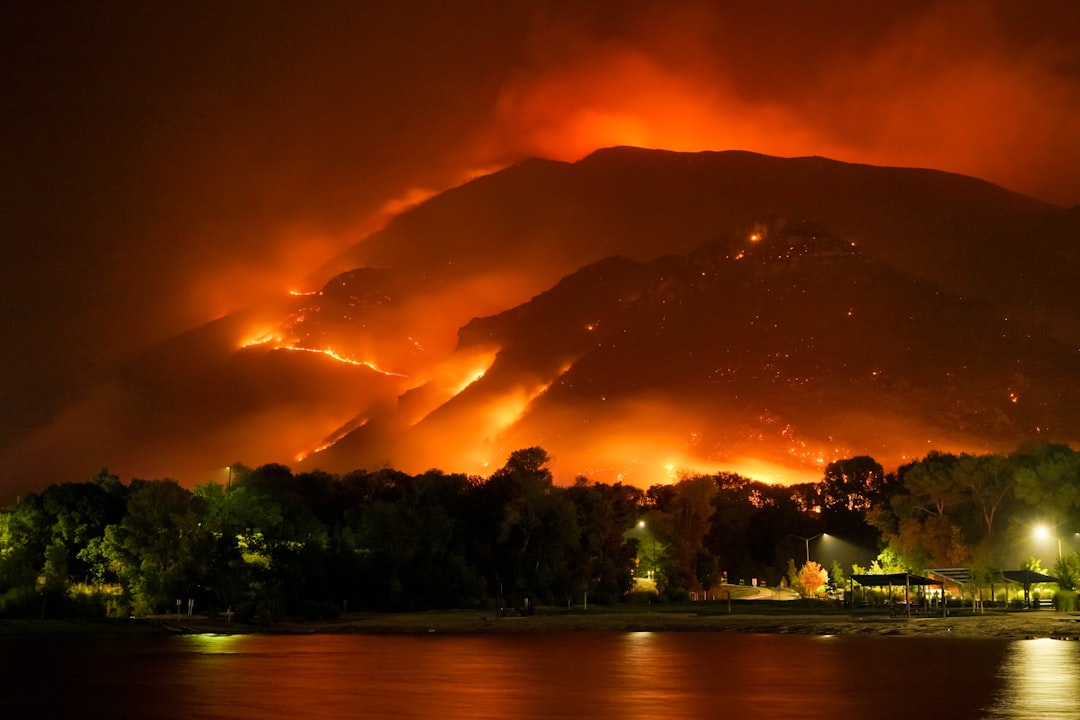Forest fires—also known as wildfires—are natural disturbances that play a complex role in forest ecosystems. While they can have devastating impacts on people, property, and biodiversity, fires are also a necessary ecological process that helps renew and maintain healthy forests. Understanding the dual nature of forest fires and learning how to manage them is essential for reducing risks and supporting long-term forest resilience.
What Causes Forest Fires?
Forest fires can be triggered by natural events or human activity:
Natural Causes:
-
Lightning strikes are one of the most common natural ignition sources.
-
Spontaneous combustion can occur under dry, hot conditions with the buildup of flammable organic material.
Human-Induced Causes:
-
Campfires and discarded cigarettes
-
Agricultural burning
-
Arson
-
Poorly maintained power lines
-
Industrial activities and negligence
Human activity is responsible for the vast majority of forest fires worldwide—often in areas close to development, agriculture, or infrastructure.
The Role of Fire in Forest Ecosystems
Contrary to popular belief, not all forest fires are destructive. In many ecosystems, fire plays a vital ecological role, especially when it occurs at natural intervals and intensities.
Ecological Benefits:
-
Promotes regeneration: Some species, like certain pines and eucalyptus, require fire to release seeds.
-
Removes underbrush: Reduces competition for sunlight and nutrients, benefiting mature trees.
-
Nutrient cycling: Releases nutrients back into the soil, enhancing forest productivity.
-
Controls pests and diseases: Fires can reduce the spread of pathogens and insect infestations.
However, the positive effects of fire depend on its intensity, frequency, and timing. Extreme or too-frequent fires can disrupt these natural benefits and lead to degradation.
The Rising Threat of Extreme Fires
In recent decades, forest fires have become more frequent, intense, and difficult to control due to a combination of climate change and land-use changes:
-
Hotter, drier climates increase fuel dryness and extend fire seasons.
-
Decades of fire suppression have led to the buildup of flammable materials, creating conditions for larger and more destructive fires.
-
Urban sprawl into wildlands increases the risk to human life and property and complicates fire management.
These so-called megafires can cause severe and long-lasting damage to ecosystems, displace wildlife, destroy homes, and compromise air quality over vast regions.
Forest Fire Management Strategies
Effective fire management is about finding the right balance between allowing natural fire processes and protecting people and resources. It involves a combination of prevention, preparedness, suppression, and restoration.
1. Prevention
-
Controlled burns (prescribed fires): Carefully planned fires that reduce fuel loads under safe conditions.
-
Thinning and fuel removal: Mechanical clearing of underbrush and dead trees.
-
Firebreaks: Strips of land cleared of vegetation to stop or slow advancing fires.
-
Public education: Raising awareness about safe practices in fire-prone areas.
2. Early Detection and Monitoring
-
Satellite imagery and drones for real-time fire monitoring.
-
Remote sensing technologies to assess fuel loads and weather conditions.
-
Fire danger rating systems that inform land managers and communities of risk levels.
3. Fire Suppression
-
Rapid response teams with equipment and aerial support.
-
Coordination between local, regional, and national agencies to respond effectively to large-scale fires.
-
Use of fire-retardant chemicals to slow the spread of flames in high-risk zones.
4. Post-Fire Recovery and Restoration
-
Erosion control measures to protect soil and water quality after intense burns.
-
Reforestation and assisted regeneration in severely impacted areas.
-
Monitoring ecosystem recovery to inform future fire management.
Ecological and Social Impacts of Uncontrolled Fires
Ecological Consequences:
-
Loss of biodiversity: Especially in fire-sensitive forests not adapted to frequent burns.
-
Soil degradation: Intense fires can destroy the organic layer and reduce fertility.
-
Water contamination: Ash and debris runoff into rivers and streams.
-
Invasive species: Disturbed landscapes may be colonized by non-native plants.
Social and Economic Effects:
-
Threat to human life and property: Entire communities may be displaced or destroyed.
-
Health issues: Smoke pollution contributes to respiratory illnesses and heart problems.
-
Economic losses: Damage to infrastructure, tourism, timber resources, and agriculture.
-
Cultural impacts: Loss of sacred lands and traditional territories, especially for Indigenous communities.
A Way Forward: Living with Fire
Rather than trying to eliminate fire completely, the goal should be to coexist with fire safely and sustainably. This involves:
-
Restoring fire-adapted landscapes to their natural rhythms.
-
Supporting Indigenous fire stewardship practices that use fire as a tool for ecological care.
-
Investing in community preparedness and resilience through planning, education, and resource allocation.
-
Addressing climate change through emissions reductions and land-use reforms to reduce fire risks in the long term.
Conclusion
Forest fires are a natural part of many ecosystems—but when intensified by human activities and climate change, they can become devastating forces of destruction. Understanding their causes, effects, and management options is essential for building healthier, more resilient forests and communities.
By blending science, traditional knowledge, and proactive policy, we can learn to manage fire wisely—allowing it to fulfill its ecological role while protecting the people and places that depend on forests for life.

Comments
No comments yet. Be the first to comment!
You must be logged in to comment. Login